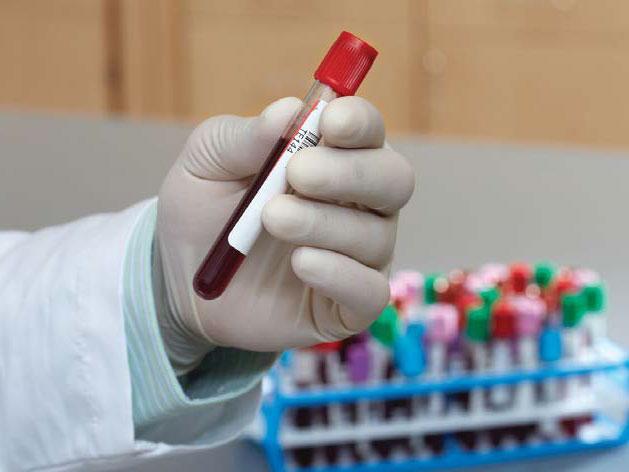Clinical Benefits of The Enhanced Liver Fibrosis (ELF) Test
Assess the Risk of NAFLD/NASH Progression and Liver-related Events with a Simple Blood Test
Did this information help you?
The products/features (mentioned herein) are not commercially available in all countries. Their future availability cannot be guaranteed.
In the U.S., the ELF Test is indicated as a prognostic marker in conjunction with other laboratory findings and clinical assessments in patients with advanced fibrosis (F3 or F4) due to non-alcoholic steatohepatitis (NASH) to assess the likelihood of progression to cirrhosis and liver-related clinical events.
References


